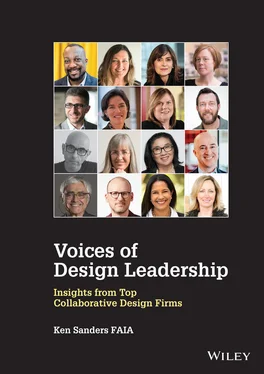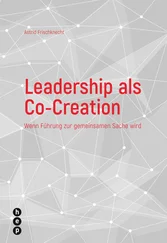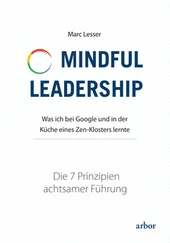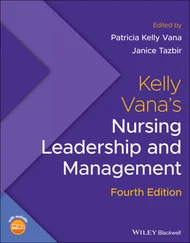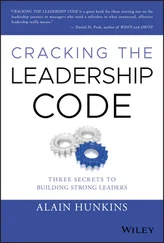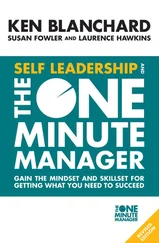Ken Sanders - Voices of Design Leadership
Здесь есть возможность читать онлайн «Ken Sanders - Voices of Design Leadership» — ознакомительный отрывок электронной книги совершенно бесплатно, а после прочтения отрывка купить полную версию. В некоторых случаях можно слушать аудио, скачать через торрент в формате fb2 и присутствует краткое содержание. Жанр: unrecognised, на английском языке. Описание произведения, (предисловие) а так же отзывы посетителей доступны на портале библиотеки ЛибКат.
- Название:Voices of Design Leadership
- Автор:
- Жанр:
- Год:неизвестен
- ISBN:нет данных
- Рейтинг книги:3 / 5. Голосов: 1
-
Избранное:Добавить в избранное
- Отзывы:
-
Ваша оценка:
- 60
- 1
- 2
- 3
- 4
- 5
Voices of Design Leadership: краткое содержание, описание и аннотация
Предлагаем к чтению аннотацию, описание, краткое содержание или предисловие (зависит от того, что написал сам автор книги «Voices of Design Leadership»). Если вы не нашли необходимую информацию о книге — напишите в комментариях, мы постараемся отыскать её.
Voices of Design Leadership
Voices of Design Leadership
Voices of Design Leadership — читать онлайн ознакомительный отрывок
Ниже представлен текст книги, разбитый по страницам. Система сохранения места последней прочитанной страницы, позволяет с удобством читать онлайн бесплатно книгу «Voices of Design Leadership», без необходимости каждый раз заново искать на чём Вы остановились. Поставьте закладку, и сможете в любой момент перейти на страницу, на которой закончили чтение.
Интервал:
Закладка:
The 3D-Printed House
A personal story illustrating this idea began with an unexpected phone call in 2014 from Diane Hoskins, co-CEO at Gensler. She had learned of a potential project involving Winsun Global, a Chinese construction firm and inventor of a large-scale proprietary 3D printing system, and the Dubai Future Foundation (DFF), who was interested in exploring new methods of developing mass-produced housing that were less dependent on imported labor.
Given my background in leading design technology, my prefabrication experience working with clients such as Google and CitizenM, and my global relationships across Gensler, Diane thought the project might a good fit for me. She asked: “Would you like to pursue this?” My first thought and response: “Absolutely!”
Diane shared her contacts and we concluded our brief phone call. My immediate second thought: “How am I going to pull this off?” It was a question borne not of apprehension, but of curiosity. I did not know the answer, but I was confident I could assemble a strong team to solve the problem.
I again reached out to Xiaomei Lee, now the Managing Director in Shanghai, to identify a team to work with Winsun in China. She tapped Project Architect Qiu Sheng and Project Manager Wei Wang. I also reached out to the Costa Rica office, who had prior experience designing prefabricated housing units using shipping containers. Led by the amazingly talented Richard Hammond, the Costa Rica team included Jose Leiva, Andres Lara, Mariana Madriz, and Desiree Vargas. In Chicago, we brought in computational geometry design experts who had extensive experience with Rhino and Grasshopper, including Jorge Barerro, Daniel Craven, and Brent Watanabe. Todd Desmarais from Chicago was assigned overall project management responsibilities, and Tareq Abu-Sukheila, a Principal in Gensler’s Abu Dhabi office, served as liaison with DFF. We also engaged our trusted partners Thornton Tomasetti for structural engineering and Syska Hennessey for mechanical, electrical, and plumbing (MEP) engineering.
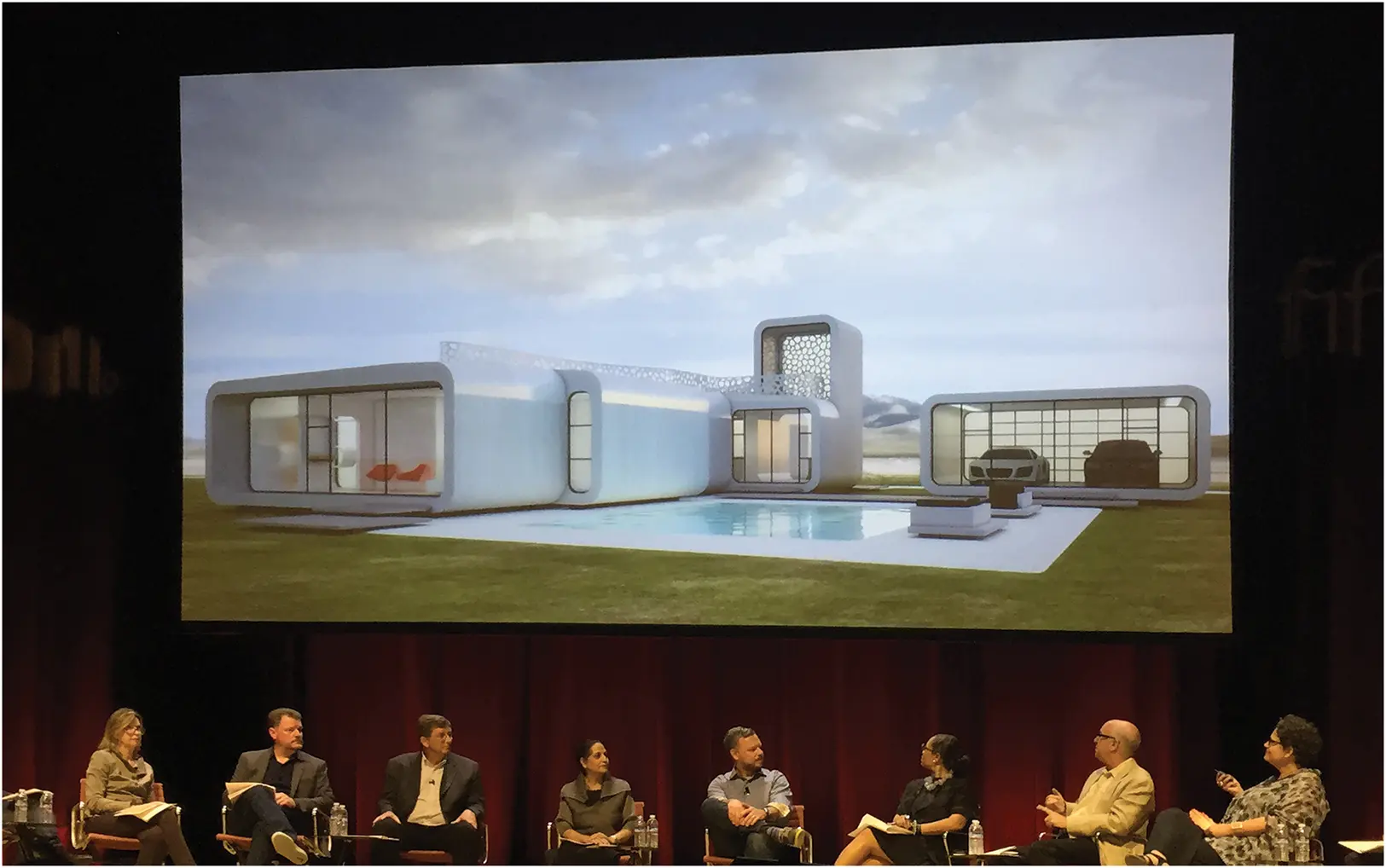
The Gensler Design Excellence Awards (GDEA) jury discussing the 3D-Printed House prototype design at the 2015 Gensler Principals Meeting in San Francisco. Photo Credit: Ken Sanders.
After developing multiple design iterations, the team finalized a prototype design using 3D-printed concrete “cassettes” that could be efficiently packaged and transported in standard shipping containers. Using Winsun’s 3D printing system, the prototype design was eventually deployed in a demonstration project in Abu Dhabi for a 2,600 square foot (242 square meter) “office building of the future.” For that project, the team also collaborated with a talented local firm, Illa Design, who was responsible for the design of the interior finishes, furnishings, and expanded polystyrene insulation and exterior plaster system.
At Gensler, reaching across studio borders to find the most relevant expertise is wired into the firm’s collaborative culture. What I did was a natural act; I was swimming with the cultural current, not against it. Not surprisingly, the distributed team delivered terrific results. My contribution as a leader was not to design, but to find and bring together the best people in the firm to solve a problem that had never been solved before.
It is important to point out that the collective expertise of the team far exceeded my own. Through my prior collaborations with Google and CitizenM, I had worked with prefabricated systems and off-site manufacturing. And as part of my technology oversight role at Gensler, I was knowledgeable about 3D printing technology and computational geometry tools. But I lacked the deep expertise of the specialized talent that was brought together.
Importantly, each team member cared less about personal credit and cared more about being part of a collaborative team producing innovative design work. My role as a T-shaped leader was straightforward: understand the clients’ goals, connect the dots, assemble the right talent, establish guardrails, set a strong direction, and otherwise get out of the way.
The Four R’s
Out of clutter, find simplicity.
– Albert Einstein
The Four R’s is an extended version of a framework developed by my friend and mentor Ted Hall, a former Principal and Director of the global management consulting firm McKinsey & Company. At one of the world’s most demanding professional service partnerships, Ted was the youngest Principal, youngest Director, and one of the youngest Office Managers ever elected at McKinsey. He co-founded McKinsey Global Institute (MGI) and later served as its Chairman.
As a consultant to Gensler in the 1990s, Ted also helped define the firm’s studio structure and one-firm-firm philosophy, both of which remain key components of its cultural foundation to this day. He later served for many years as an outside advisor to Gensler’s Board of Directors.
During that time, Ted shared with us a leadership model he described as The Three R’s. He explained that early in their career, service professionals are primarily focused on Results : meeting deadlines, keeping promises, and earning the trust of their colleagues and clients as a reliable individual. Over time, they begin to build a network of Relationships with colleagues, partners, and clients – a “relationship tree,” as Gensler co-CEO Andy Cohen describes it – that brings work in the door and helps grow the firm. Over time, as relationships are developed and a strong track record is established, Reputations are earned by the individual and the firm.
Although reputation is often used interchangeably with brand, from my perspective they are different. Brand is essential for selling products that are inherently difficult to differentiate in the minds of buyers. Think of beverages, toothpaste, or laundry detergent. These types of commodity products depend much more heavily on brand to influence purchasing decisions.
In the world of professional services, however, the word reputation seems more appropriate. Can a design firm enhance their brand through social media, marketing, and public relations? Yes. But professional reputation is more important. It is directly influenced by the day-to-day behavior of design leaders and the memorable experiences they provide to their colleagues, partners, and clients.
What damages a reputation? Unreliable delivery is one way. Poor design is another. But individual reputations are also damaged by personal behavior contrary to the values held by the firm they represent, including unethical or illegal behavior that becomes known to the public. 4Reputations take a long time to develop and are also very fragile.
Adding Resilience
The leadership framework of Results , Relationships , and Reputations has since been advocated by other management consultants, 5but in my mind, Ted Hall deserves the credit. My contribution is to add a Fourth R: Resilience . It is an important word with multiple meanings.
First, resilience conveys a design firm’s commitment to sustainability: addressing climate change, minimizing negative environmental impacts of the built environment, and strengthening local communities. Today these are no longer capabilities, they are fundamental design values.
Second, the word addresses the resilience of an organization: maintaining a healthy balance sheet that can withstand economic cycles, planning ahead for leadership succession, avoiding concentration of revenue among too few clients, and avoiding concentration of power among too few leaders. In this context, resilience is about building a self-governing, self-perpetuating firm for the long run.
Читать дальшеИнтервал:
Закладка:
Похожие книги на «Voices of Design Leadership»
Представляем Вашему вниманию похожие книги на «Voices of Design Leadership» списком для выбора. Мы отобрали схожую по названию и смыслу литературу в надежде предоставить читателям больше вариантов отыскать новые, интересные, ещё непрочитанные произведения.
Обсуждение, отзывы о книге «Voices of Design Leadership» и просто собственные мнения читателей. Оставьте ваши комментарии, напишите, что Вы думаете о произведении, его смысле или главных героях. Укажите что конкретно понравилось, а что нет, и почему Вы так считаете.
